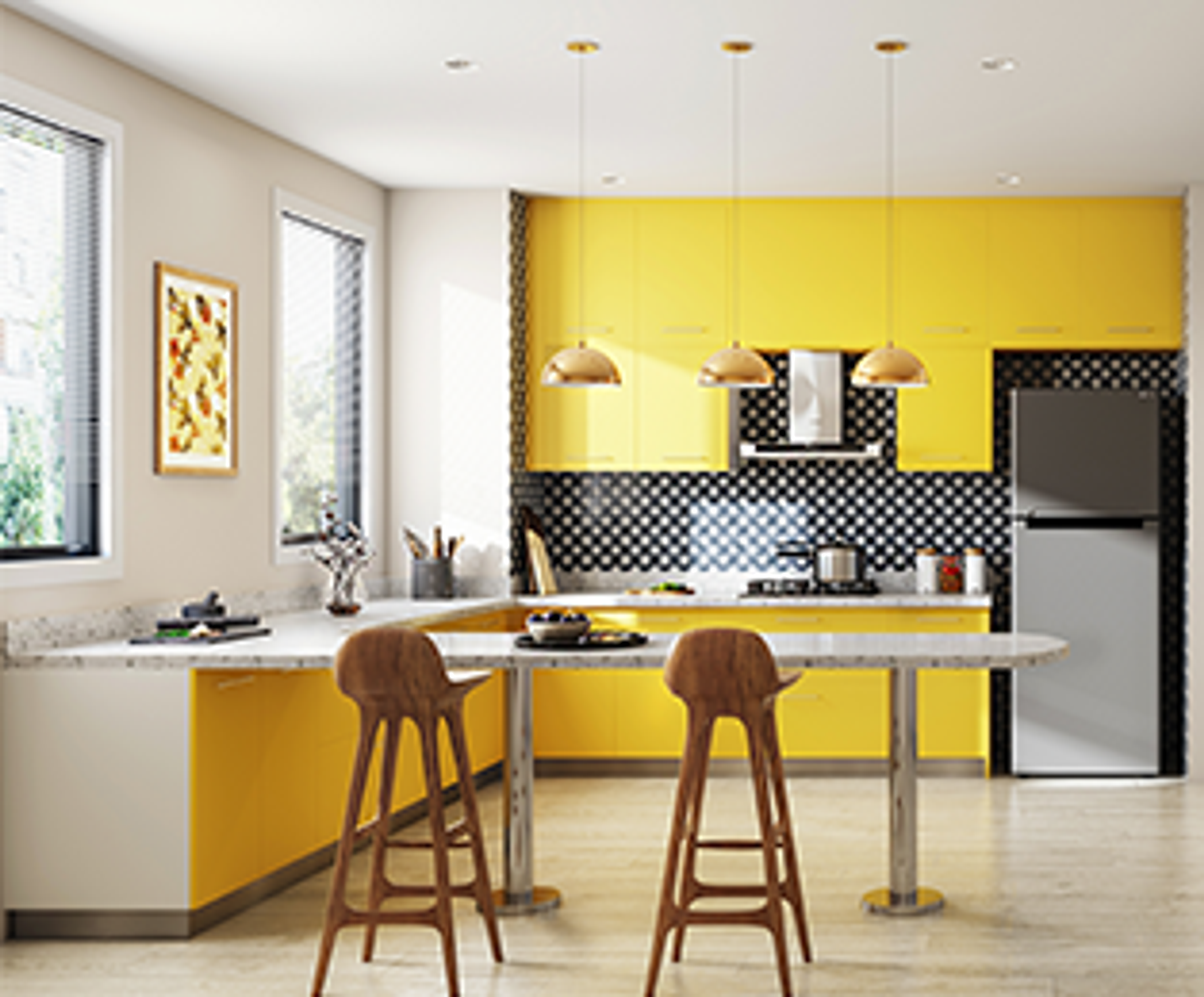Revamp your space with sophisticated luxury interior design.
Revamp your space with sophisticated luxury interior design.
Blog Article
Transform Your Home With Necessary Concepts of Interior Decoration and Aesthetic Appeals
By understanding the effect of color concept and the relevance of appearance and patterns, one can produce rooms that are not just aesthetically appealing yet additionally deeply individual. Achieving this equilibrium entails more than mere decor; it includes a tactical plan and a keen understanding of how each component engages within a room.
Understanding Color Theory
Comprehending the concepts of color theory enables developers to produce rooms that resonate mentally with owners while fulfilling practical demands. Each category plays an important duty in establishing harmony within an area.
The mental impact of shades is extensive; cozy shades such as reds and oranges evoke energy and heat, while awesome tones like blues and environment-friendlies advertise peace and tranquility. Additionally, making use of corresponding shades improves aesthetic passion, developing striking contrasts that can boost a room's charm.
Neutral shades, on the various other hand, act as a flexible backdrop, permitting other style aspects to shine. It is necessary to think about factors such as illumination and the space's purpose when selecting a color palette, as these can alter the perception of shades throughout the day.
Ultimately, a well-considered color design can change an area, promoting a sense of comfort and style that straightens with the inhabitants' choices. Proficiency of shade theory is, therefore, an essential ability for any type of interior developer intending to produce harmonious and welcoming atmospheres.
Accomplishing Equilibrium in Style
How can developers accomplish a sense of equilibrium in their rooms? Attaining equilibrium in design is basic to producing harmonious insides. Developers can use three key types of balance: balanced, asymmetrical, and radial. Symmetrical equilibrium includes arranging elements equally around a central factor, promoting a feeling of order and serenity. This kind commonly features sets of furnishings or artwork, boosting visual security.
Asymmetrical equilibrium, on the other hand, counts on differing elements that still attain a cohesive appearance. This approach enables more dynamic and casual setups, supplying interest while preserving stability. By very carefully picking varying dimensions, colors, and structures, developers can create an aesthetically engaging room that feels well balanced yet energised.
Radial balance highlights a main centerpiece with elements radiating external. This design is typically seen in round formats, where furnishings and design produce a natural border that draws the eye inward.
Eventually, accomplishing equilibrium calls for thoughtful consideration of scale, proportion, and the connections between elements. miami interior design. By skillfully applying these balance principles, designers can transform areas into environments that feel both aesthetically pleasing and functionally harmonious, boosting the total experience for owners
Importance of Spatial Awareness

A keen sense of spatial understanding enables designers to determine prime focus within a space, directing the visitor's focus to key features while maintaining an overall sense of unity. It additionally aids in the strategic placement of lighting, which can considerably affect the understanding of room and mood. Furthermore, understanding spatial relationships makes it possible for the developer to provide to the certain demands of citizens, making certain that each location offers its designated purpose without compromising aesthetics.
Ultimately, spatial recognition is vital for making the most of the capacity of go to the website any kind of indoor area. By thoroughly considering the interaction between measurements, design, and feature, designers can create atmospheres that not only fulfill useful needs however likewise stimulate a sense of convenience and charm, boosting the general living experience.
Integrating Structure and Patterns
Welcoming a diverse array of structures and patterns can dramatically enhance the visual and tactile charm of an indoor space. The calculated use different products-- such as wood, steel, fabric, and stone-- develops depth and rate of interest, making an area feel more inviting and vibrant. As an example, integrating smooth surface areas with harsh textures can develop a balance that draws the eye and involves the detects.
When incorporating patterns, think about both range and repetition. Big patterns can work as focal points, while smaller, subtle styles can enhance other aspects without frustrating the space. Layering patterns, such as pairing floral pillows with candy striped tosses, includes intricacy and a sense of harmony if performed attentively.
It is likewise essential to preserve a cohesive color palette, ensuring that textures and patterns function with each other as opposed to complete for interest. By choosing a few key appearances and patterns, you can develop a merged visual that reflects your personal design while enhancing the overall setting of the area. Inevitably, the cautious incorporation of these elements can change a mundane space right into a sophisticated atmosphere rich with personality and heat.
Customizing Your Space
Developing an area that reflects your individuality is crucial to achieving an absolutely welcoming environment. Customization in interior decoration permits you to infuse your one-of-a-kind style and interests into your home, changing it from a mere shelter right into a haven that talks to that you are. Begin by selecting a shade palette that reverberates with your emotions-- strong hues can invigorate, while soft tones provide tranquility.
Integrate art work and design that mirror your enthusiasms, whether it be traveling, nature, or abstract concepts. Showing individual collections, such as books, pictures, or souvenirs, can evoke valued memories and develop prime focus within an area. Additionally, think about customizing practical items, like upholstered furnishings, to line up with your aesthetic choices.

Final Thought
Finally, the change of a home with the essential principles of interior style and aesthetics necessitates a detailed understanding of shade concept, equilibrium, spatial awareness, texture, and customization. Each element contributes dramatically to creating a harmonious and click resources functional living environment - miami luxury interior design. By attentively incorporating these concepts, people can improve the visual charm and emotional resonance of their areas, eventually promoting a home that mirrors one-of-a-kind identifications while giving convenience visit our website and usefulness
Report this page